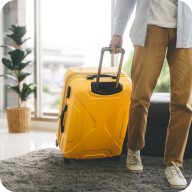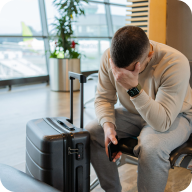For the travel bug, planning and anticipation are almost as satisfying as the trip itself. Brands should know that expectations for great online shopping experiences have only heightened.
But … people excited about buying their first trip in a long time may take it hard (and hold it against you) if their transaction doesn’t go well.
Merchants are taking note and responding with smart approaches.
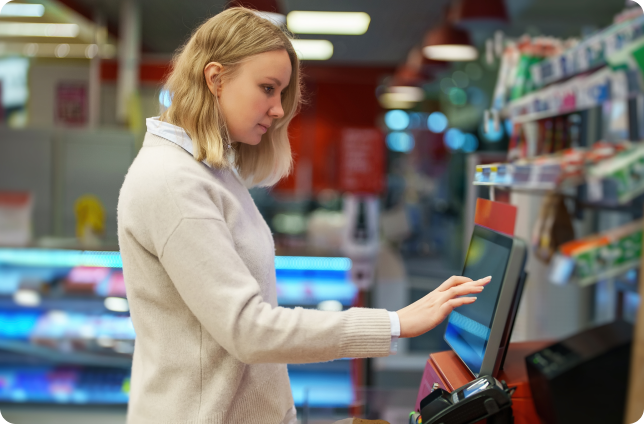
No More Manual Credit Card Entry
Forbes points out that Millennials and Gen Zers demand payment be fast and easy — and brands need to catch up. When faced with the prospect of typing in their card details, younger customers may look elsewhere if they can’t use a payment method already available on their mobile device like Apple Pay or Google Pay, sparking competition among brands in the race away from manual card entry.
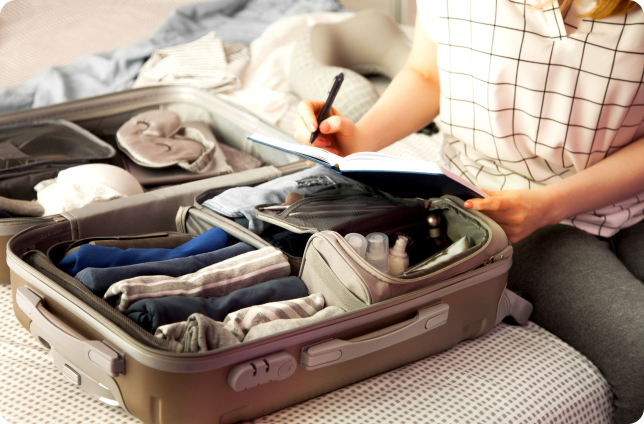
Calming Concerns, Building Anticipation
Traveler worries today go beyond forgetting to pack shampoo. Consumers fretting about health and safety protocols and losing money want clear and easy-to-find information about refunds, cancellations and rebooking options. PhocusWire says smart brands see the period between booking and departure as a clear opportunity to build comfort and confidence, using tools like emails and instant messages to provide relevant local updates and advice.
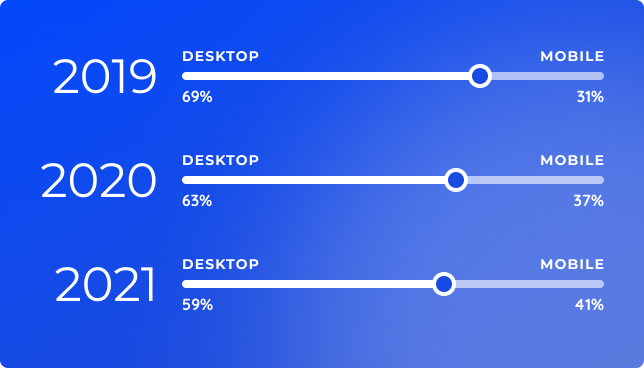
A Great Experience on Desktop and Mobile
Website SaleCycle tracks device share for online travel shopping. As it turns out, while mobile is a much more dynamic way to shop across the majority of ecommerce platforms — and some shoppers may do their browsing and researching on mobile — there is still a large segment (likely older consumers) that feels more at ease making big purchases such as a flight or package tour on a desktop. But that is quickly changing.
Virtual Tourism
A number of applications, including Amazon Explore, Airbnb Experiences, YouTube and TikTok, offer virtual tours that can be used before, during, in place of and after a trip to share the experience with others. Facebook’s Metaverse can incorporate virtual elements along with in-person experiences.
The opportunities in this space can transform the travel research process into a multi-sensory experience. Think about using virtual reality to:
- Allow travelers to explore a destination on their own schedule
- Include people who are unable to travel
- Create memorable brand experiences
- Reduce the impact of in-person tourism in vulnerable locations
- Help support sustainable tourism without the need for a physical footprint
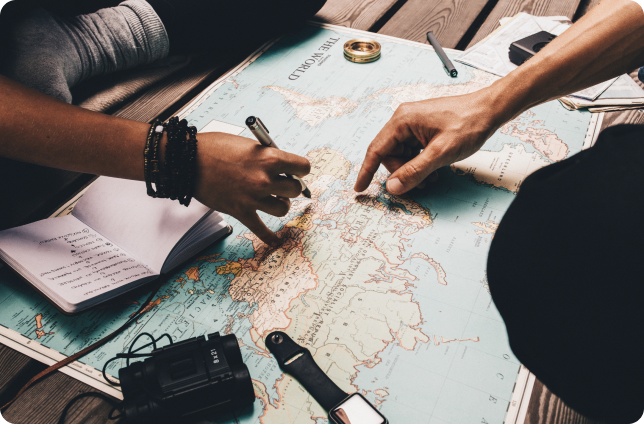
The Enhanced Staycation
Travelers with limited time (or other constraints or concerns keeping them close to home) don’t have to miss out on the trip experience. Hotels or properties can promote facilities like a pool, spa or restaurant to attract locals, enhanced by special programming like a guided tour of a museum with an expert, dinner with a food critic or privileged access to popular in-town sites.
Capture Travelers in the Inspiration Phase
Once travelers have an itinerary in mind, they start shopping for flights, lodging and the rest. Smart travel brands are influencing travel decisions earlier during the dreaming and researching phase.
Travel publication Skift cites the idea of inspirational playlists that combine content from Spotify, Pinterest and Lonely Planet into “airline experience marketplaces.” While these start-ups are still in their infancy, they point to an exciting future for brands to explore:
- KabuK Style, a travel tech company in Nagasaki, has since November been working with JAL (Japan Airlines Corp.) on trials of a travel subscription product. Interestingly, the startup’s HafH (Home Away From Home) service, where members stay in short-term rentals on a monthly subscription model, is part of the package.
- TravelBoast is, as of this writing, the number-one most downloaded free iPhone app on the United States App Store in the travel category, according to analytics firm SensorTower. It lets consumers plan and show off their trips by creating animated map-based videos to post on Instagram.
- Wanderseat lets consumers scroll through short videos from other travelers. Once inspired, a consumer can book the trip for selected United States departures.
As online shopping experiences become more interactive, appealing and personalized via social channels, and wary travelers seek social proof as reassurance before making a purchase decision, these represent exciting opportunities for travel ecommerce … as long as brands stay aware of fraud risks.
Home
Chapters
Contact




